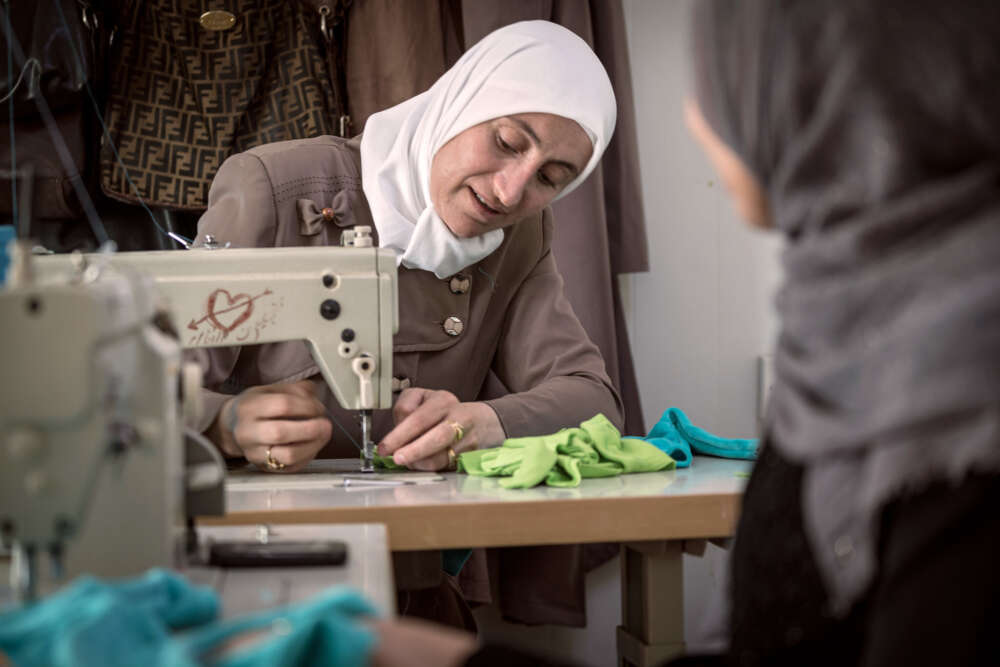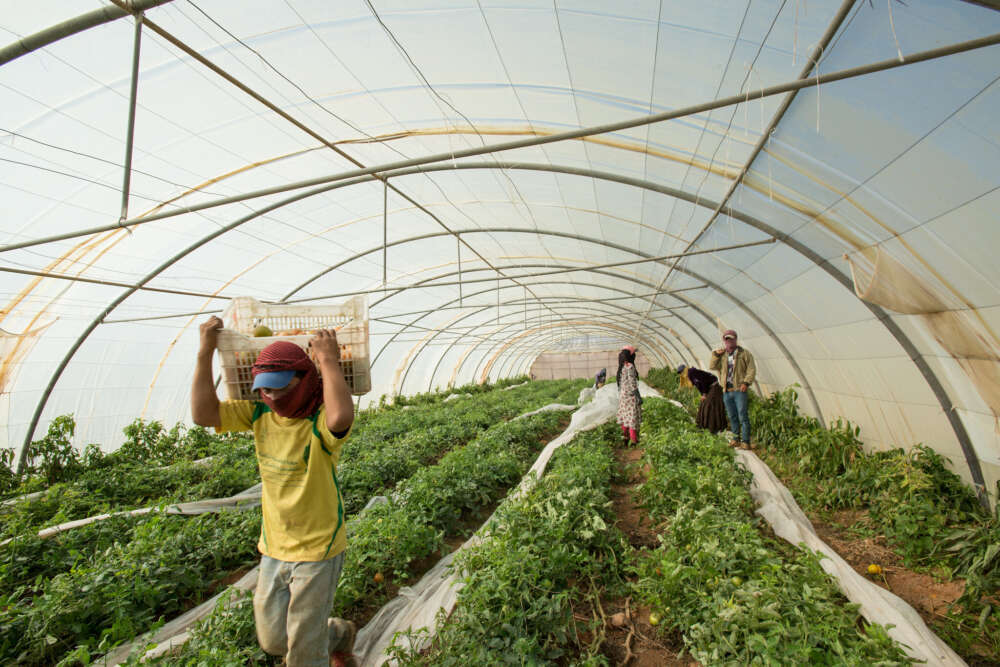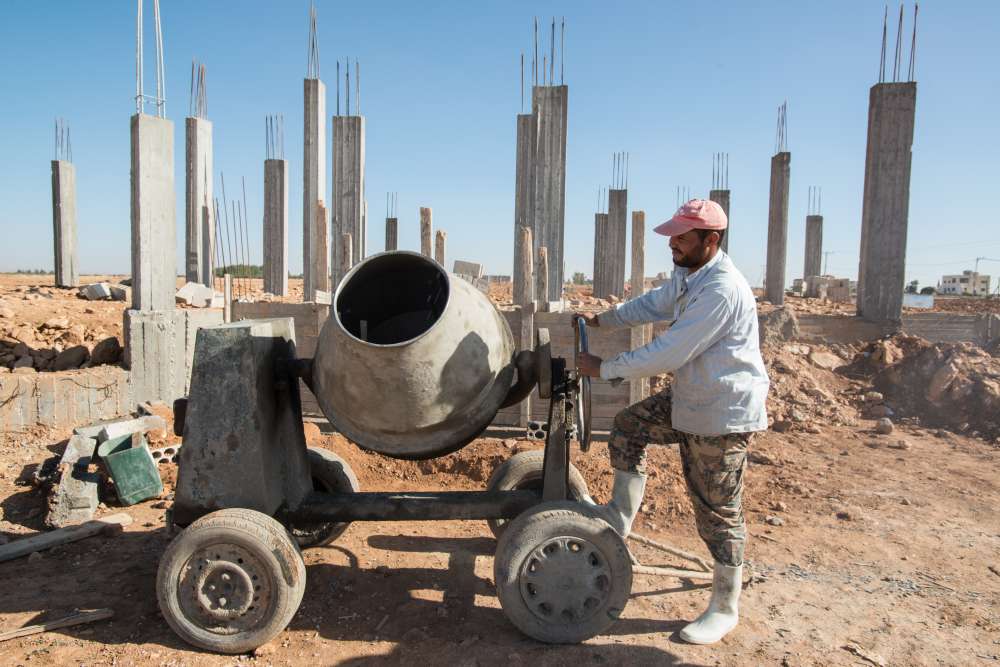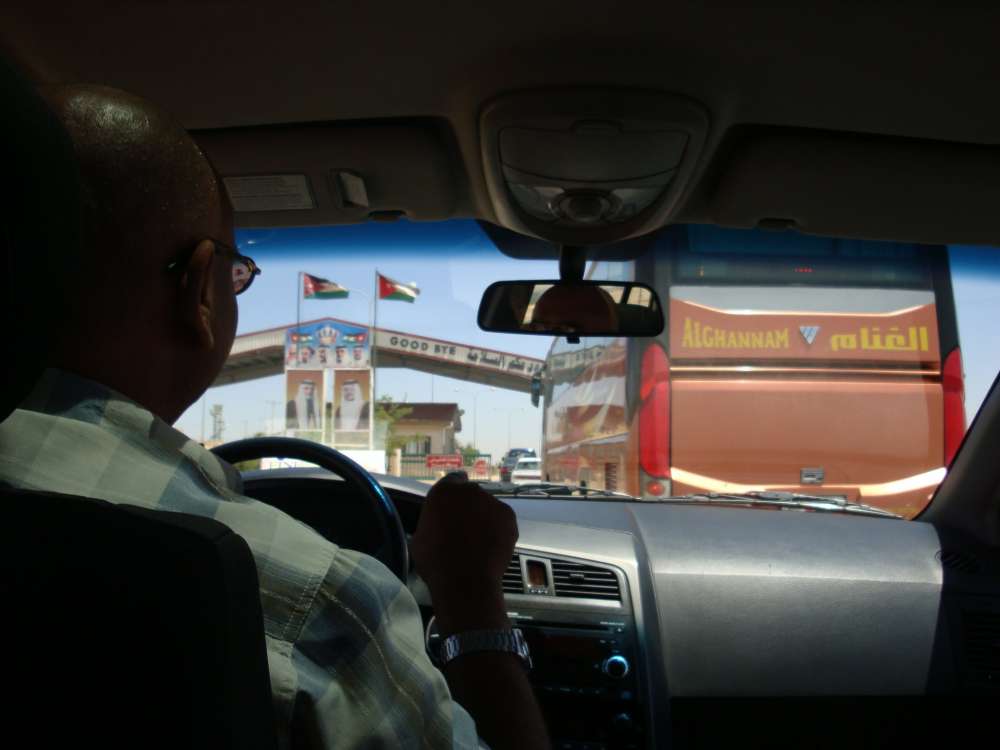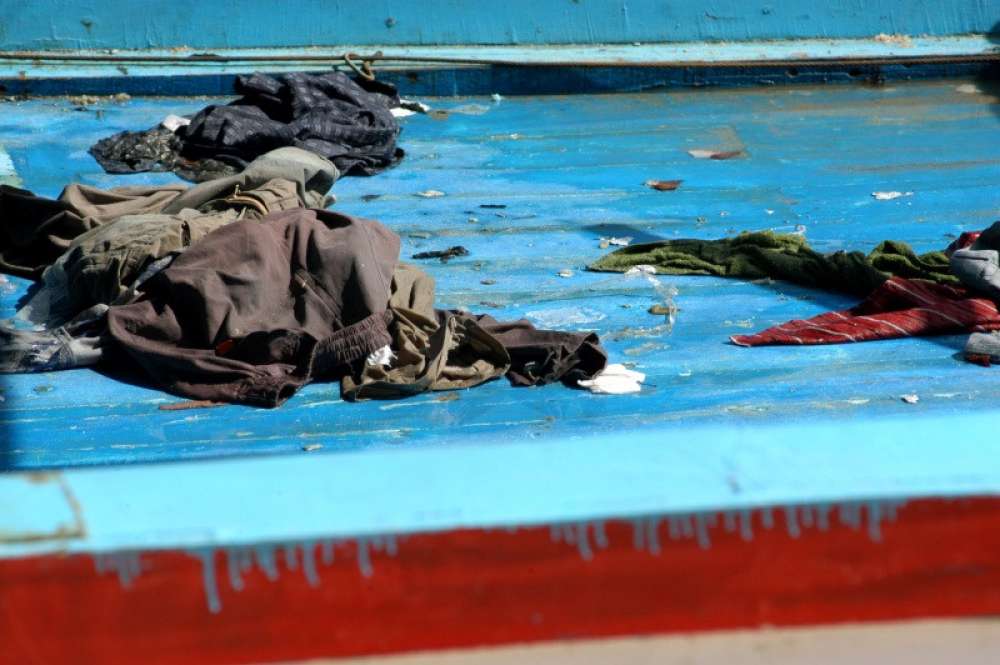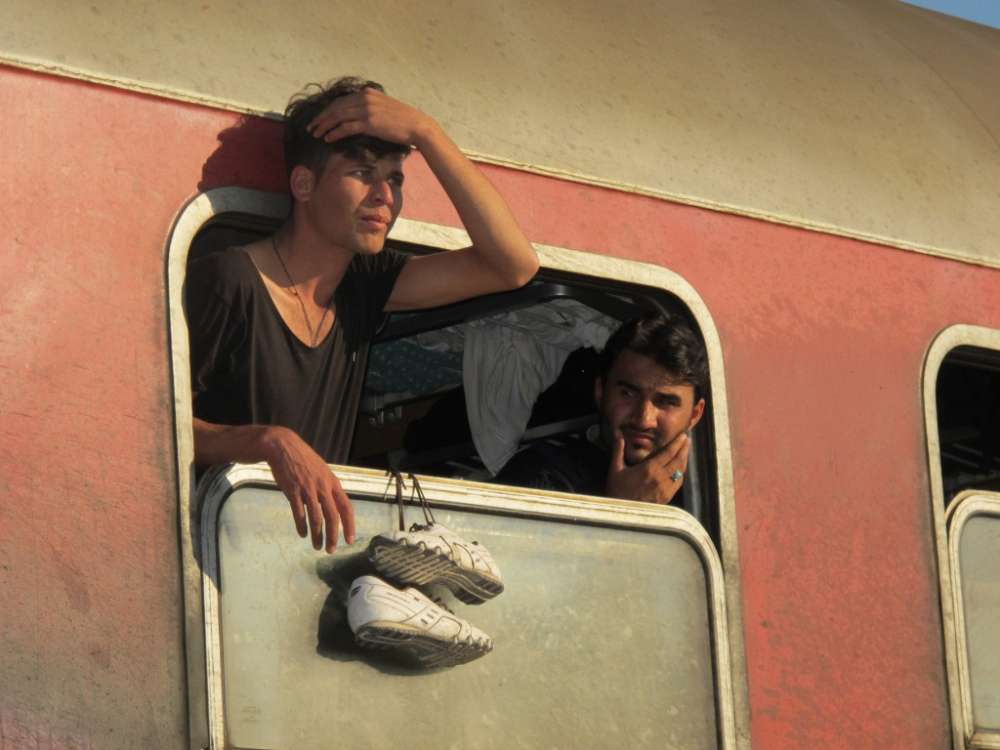Temporary Protection: The Ukrainian Field Trial

Only two months into Russia’s invasion of Ukraine, the armed conflict has already catalyzed one of the largest and quickest humanitarian exoduses within Europe. On 4 March 2022, the European Council introduced temporary protection for the majority of people fleeing Ukraine, including Ukrainian nationals, stateless persons and protection recipients within Ukraine. As of early April, nearly 5 million people who have arrived in the European Union could be eligible to benefit from the measure. Temporary protection under the Temporary Protection Directive (TPD) ensures the right of Ukrainians to stay within the EU, as well as to access accommodations, health care, education, and guarantees the right to employment. Alongside temporary protection measures, the European Commission presented a 10-Point Plan in late March on coordinating the EU’s response to displacement from Ukraine.
In this contribution, we offer reflections on some of the themes that we believe will be crucial in the weeks and months to come, focusing on the bottlenecks in the EU’s reception capacities and the political arguments around them.
Disruption vs. Continuity: Lack of Harmonization Meets “Free Choice”
The introduction of temporary protection is not only unprecedented, but also stands in stark contrast to previous EU policy responses to forced displacement. A long-dormant emergency instrument, the TPD was unanimously approved in the case of Ukraine by the EU Member States – a step that was unthinkable in relation to the displacement of Syrians in 2015. However, beyond the more obvious contrasts with Syrian and other displacement situations (e.g., the continuing crackdown on migrants near the Belarus border and the Hungarian Prime Minister Viktor Orban’s policy shift ahead of the April elections), there are also some continuities in the EU’s response.
The scope of the Ukrainian displacement will bring any state’s reception arrangement to its limits. However, past failures to provide adequate reception may also contribute to the current state of affairs. While not all EU Member States report statistics on their accommodation offerings, multiple Member States (including those in western Europe) have “systematically failed to secure sufficient reception capacity for their asylum-seeking population.” In 2015, this situation resulted in a quick saturation of reception systems that led to the placement of people in emergency accommodation for the long term. And this is likely to happen again. In Greece, for example, over 19,000 Ukrainians that arrived in the last weeks are almost all hosted by families and friends. As the number of displaced Ukrainians will likely only increase, the Greek Government intends to place those in need of housing in camps left over from 2015 – 2016, which are unsuitable for long-term accommodation.
Unlike asylum seekers who are subject to strict rules set by the country responsible for their asylum application, people who fall under the scope of temporary protection enjoy freedom of movement and relocation within the EU. This means that the most controversial aspect of asylum policy, assuming responsibility for hosting a third-country national, is decided primarily by the displaced people themselves, rather than by the criteria laid out in the Dublin Regulation. However, differences in the reception practices and conditions in host countries will likely encourage people to move to places perceived as more inviting after an initial stay period in a country. In addition to issues with initial reception arrangements and accommodation, EU countries are still far away from adequately providing for displaced people’s other basics needs. The reception of asylum seekers fuses together specific services and policies regarding the integration of social assistance, education for children and health care. Research has shown that practices across EU Member States concerning access to basic needs have diverged significantly, and in many cases served as a driver for onward movement.
Projecting the Intra-EU Movement of Ukrainians
In this complex situation, it is hard to predict how the intra-EU mobility of Ukrainians will develop – the activation of the TPD is best understood as a field trial without pre-existing pilots. However, we submit that two characteristics of displacement and reception in Central EU Member States (e.g., Poland) are likely to create a sense of urgency in responsibility sharing and more controversial politics concerning the admission of Ukrainian people.
First, a very significant share of those who have fled Ukraine (the EU Commission estimates 50 percent) possess extended social networks within EU countries. There is a significant Ukrainian diaspora across Europe, with the largest number in Poland and then followed by Germany, Czech Republic, Hungary, Spain, and Italy. The geographical spread of their diasporic networks partly explains the swift movement of Ukrainians and their access to private accommodations. Further into the crisis, however, the demographics of those moving from Ukraine may change. Already, the share of people without personal networks is increasing, and is likely to go up even further in the coming months. Not only will this likely increase dependency on state assistance, but may also mean that Ukrainian people will move to countries where reception conditions are – in perception or fact – more favorable.
Second, the differences in reception conditions between Member States are likely to become more apparent over time. As with asylum seekers, the reception of Ukrainians will unfold in two stages: first, at the time of their arrival, at which point emergency assistance is prioritized, and then at a later stage of settlement, when access to services and integration (whether short or long term) will depend on the level of national and local support. Under Chapter 3 of the TPD, states retain significant discretion in determining how they organise and provide for specific services, including for key needs like accommodation, health care, social welfare, and other means of subsistence.
In the current context, onward movement to neighbouring states is likely to significantly increase over time. In particular, Germany could see a further influx of Ukrainian people in the coming months. The Polish Government may also be aware of this likelihood. So far, Poland has allowed freedom of movement for Ukrainians seeking to leave Poland, but has also facilitated the stay of those who wish to remain in the country. The Polish Government opposes creating more formal relocation mechanisms, potentially because it could leave the government vulnerable against leverage on other, more controversial stances in asylum policy – in particular, the reform of the Dublin Regulation. This take also reinforces the Polish Government’s previous position against intra-EU relocation. As the TPD does not automatically activate mandatory relocation mechanisms (meaning that their adoption would be a political decision made by the European Council), to avoid an uneven distribution, the worst case scenario would involve: 1) large-scale secondary movements with a race to the bottom on reception quality; 2) the “freeing” of reception capacity through a policy of evicting other asylum seekers; 3) further restrictions on access to asylum for refugees of other nationalities; and 4) political campaigns to seize EU funding opportunities from reception, even if the numbers do not add up. The appealingly straightforward policies in place at the moment, whereby all Ukrainians can receive a residence permit in any EU state, may also give way to legal debates on whether temporary protection should be granted after a residence permit has been obtained elsewhere.
Opportunities to Build National Reception Systems and Additional Solidarity Measures
What is the most tenable way forward for reception in the current intra-EU political context? EU states and institutions should use the current window of opportunity created by high levels of political support to build reception capacities throughout Europe. This is an enormous task that spans across many areas, including housing, health care and psychosocial support, education, social protection, and labour market integration. In the following paragraphs, we will highlight one short-term and one longer-term challenge to the reception of persons displaced – housing and labour market integration.
Housing: Housing will be a key challenge going forward for any EU country with a sizeable population of people that have fled Ukraine who cannot stay with relatives or friends in the medium-to-long term. The European Commission recently announced the “Safe Homes” initiative, which is a positive step toward supporting those who volunteer to host displaced Ukrainians. The Asylum Migration and Integration Fund (AMIF) will be utilised to fund the scheme. However, a persistent problem with AMIF is the extended duration of the project cycles and the long waiting time between submitting and distributing the funds in the public reception system.
During Europe’s so-called ‘refugee crisis’ in 2015, various best practices emerged for addressing housing shortages for beneficiaries of international protection. A recent UNHCR study identified successful cases in the Netherlands, Belgium and Poland, among others, where offering low-cost rentals or rent-free apartments that were subsidized by the state (at times, in partnership with private donors) paved the way for long-term housing options for beneficiaries. Non-governmental organisations can play a leading role in identifying suitable accommodations that are managed by the private housing sector. The ESTIA program in Greece, which was initiated by UNHCR in partnership with local municipalities and NGOs in 2015, succeeded in offering long-term housing options to international protection recipients and vulnerable individuals. Research has also highlighted the role that local authorities can play in the accommodation – and, by extension, integration – of new arrivals, be they beneficiaries of international protection or Ukrainian people protected under the TPD. The common theme in all these practices is long-term funding options, which focused (partly or fully) on subsidizing rents. This funding model will be crucial in determining how quickly and at what scale existing best practices can be adjusted and applied to displaced Ukrainians in Europe. Large-scale private sponsorship programs that are co-financed through state funding can be important tools not only for housing, but also for other aspects of integration.
Labour integration and socio-economic inclusion: Integration is intrinsically linked with access to employment: the ability to work increases migrants’ self-sufficiency and socioeconomic participation, standard of living, the number of interactions with host-country nationals, and the overall outcome of their inclusion in the host society. However, labour integration requires a clear legal framework and the capacity to absorb pre-existing skills as well as to address skillset shortages. Thus far, the case of Ukrainians in Poland shows divergent experiences. Since 2014, displaced Ukrainians have had access to employment opportunities in Poland and helped to facilitate the growth of the Polish economy. However, their position in the country remains precarious, as their skillsets often do not match the available jobs and most employers only offer short-term contracts without social security benefits. One of the best examples in this area is Sweden, which invests in adult education to address skill shortages while also deploying ‘Fast Tracks’ programmes to encourage the labour market integration of newly arrived immigrants in industries with labour shortages. Since 2017, the European Commission has also offered the EU Skills Profile Tool, which is designed to assist authorities and actors involved in the reception and integration of third-country nationals trying to enter the EU labour market. In this process, private companies can be instrumental in facilitating labour market inclusion for those with skills in the different industries. Some Member States have already indicated labour market shortages in certain industries (e.g., Greece).
Additional measures of solidarity: “Free choice” under the TPD is arguably the most important measure of solidarity that the EU has ever undertaken on asylum. However – given that full harmonization of reception conditions will not be achievable in the medium term and that, going forward, “free choice” without further incentives is unlikely to evenly distribute Ukrainians among Member States – it is essential for EU members to invest in additional measures of solidarity. In this regard, the solidarity platform mentioned in the European Commission’s 10-Point Plan is a welcome first step. In addition to providing information on reception, EU countries will also need to proactively facilitate the movement of people fleeing, concentrating on those who have particular needs and vulnerabilities (e.g., people with medical conditions, unaccompanied minors) for whom more specialized reception capacity is needed. The European Commission is setting up centres on the borders with Ukraine to identify individuals in need of specialized health care with the aim of distributing them among Member States with the capacity to adequately treat them. A similar process is required for unaccompanied minors, which sets out specific services to cater to their needs.
Conclusion: A Potential Watershed Moment for the Common European Asylum System
The displacement of Ukrainians may become the Common European Asylum System’s largest test case yet. Solidarity is likely to continue, but local and national backlashes may also emerge and could lead to more restrictive practices (including for non-Ukrainians), particularly if secondary movement increases. The fact that people fleeing Ukraine have more personal agency in deciding where to settle than other displaced people will be flagged as a positive model by proponents of more “free choice” for all asylum seekers. However, whether this model can be both politically tenable and create better reception and integration outcomes than the Dublin Regulation’s default “first country of arrival” criterion will depend on how Member States and EU institutions will make “free choice” workable in practice. To make “free choice” a viable solution, these actors must support and build national reception capacity, inclusion and service provision, as well as pro-actively facilitate the movement of people fleeing. Doing so will require a paradigm shift: a concerted, collaborative engagement of both government and private actors, including citizens’ initiatives and aid groups whose work has so far been hindered in many EU countries.
This commentary was published as part of the ASILE Project on April 25, 2022.
Funding for this project is provided by the EU’s Horizon 2020 program. For more information on the ASILE project, visit the project website.
